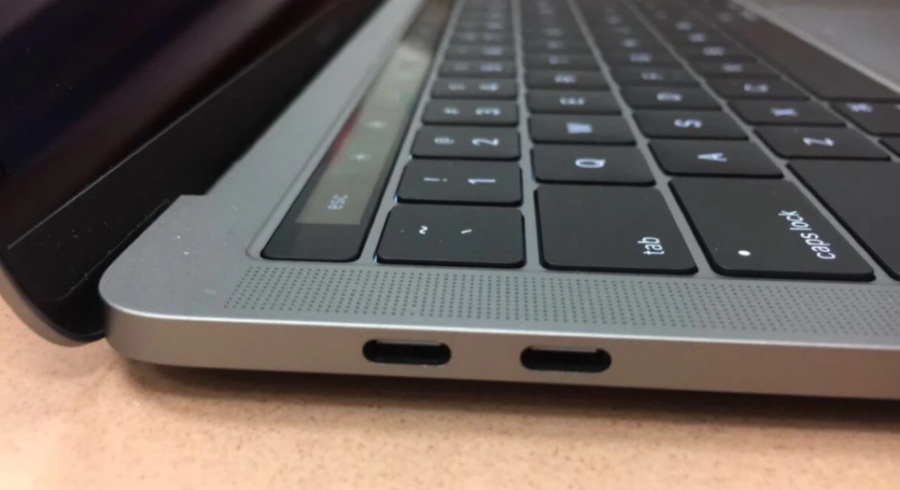Major Worms in New ‘Apple’ Technology
Apple comes out with new models of products approximately once every six months. Each new model contains an upgrade or advantageous alteration. However, some people are sick of the constant change.
The first major plot twist thrown, was with the iPhone 5 released in September of 2012. Apple users were at first in awe as Apple claimed that the iPhone 5 was their “thinnest, lightest, fastest iPhone ever.” However, it was the discovery of the new “pin-charging port” that threw the public into a craze. With the creation of the new charging port, veteran users could no longer use their music docks, car auxiliary cords, or extra chargers with their iPhone. And Apple charged between $30-$40 for an adapter that could make the old chargers compatible with the new iPhones.
Following this, Apple announced the release of a free new software update that would modernize your device, and add new desireable features. One of these upgrades included the visual change in iMessage from 3-D message bubbles to 2-D message bubbles This system update was called iOS7. This update was the first recognizably different system update changing the visual appearance. However, users almost immediately began identifying errors with this update.
According to digitaltrends.com, iOS7 showed “a multitude of bug reports rolling in and, while many people have updated successfully, there’s no shortage of people encountering glitches or even major problems.”
In 2016, the iPhone 7 was released. Main new features included a 12 megapixel camera (with two cameras on the back of the phone, to improve image quality), retina HD display, and the longest lasting battery in any iPhone. However, users complained of a fatal flaw: no headphone jack.
The lack of jack was a huge deal for teenagers, seeing as the majority of teens rely on the headphone jack to act as a port for auxiliary cords in their cars. Without the headphone jack, many were forced to carry around the adapter Apple created (included with the phone) in order to play music in their cars, as well as to play music in their friends’ cars.
Lauren Henzlik, a senior at Arrowhead says, “I got the iPhone 7 right when it came out, and at first I found it hard to adjust to having no headphone jack. Especially since the air-buds [wireless headphones] had not been released. Eventually I got used to always carrying my adapter around with me.”
“But I did notice that not having the headphone jack somehow made the phone’s speakers so much louder, and more clear.”
In 2016, Apple released the newest model of the MacBook Pro. This new model includes a brighter display, and the addition of the touch bar and touch ID. The new model is also thinner and lighter than its predecessors. These improvements were loudly discussed by Apple, and the touchbar was the new breakthrough upgrade on the new MacBook Pro.
Apple did not discuss the change of ports on the new laptop. Throughout the design video (which can be found here), Apple does not discuss decreasing six types of ports, to two.
Any MacBook Pro model before the 2016 model, contained two USB ports, two thunderbolt display ports, a headphone port, an SDXC card slot, and an HDMI port. The 2016 MacBook Pro contains 4 USB-C outlets and one headphone port.
The USB-C outlet is a new type of port, in which a regular USB cord will not fit in. Anyone with the new MacBook must purchase either a USB-C iPhone cord (costing $19) or a USB-C adapter (costing $9), neither of which are included with the MacBook Pro.
According to Apple the advantage that Apple sees in this new port, is that it is one port that can be used for HDMI displays, VGA displays, charging purposes, as well as general USB uses (given that you have the USB-C cord).
When asked in an interview about Apple’s constant upgrades Steve Jobs said, “Pretty much, Apple and Dell are the only ones in this industry making money. They make it by being Wal-Mart. We make it by innovation.” Some people might say that Apple’s idea of innovation is changing the ports to make a quick buck off of its consumers.










